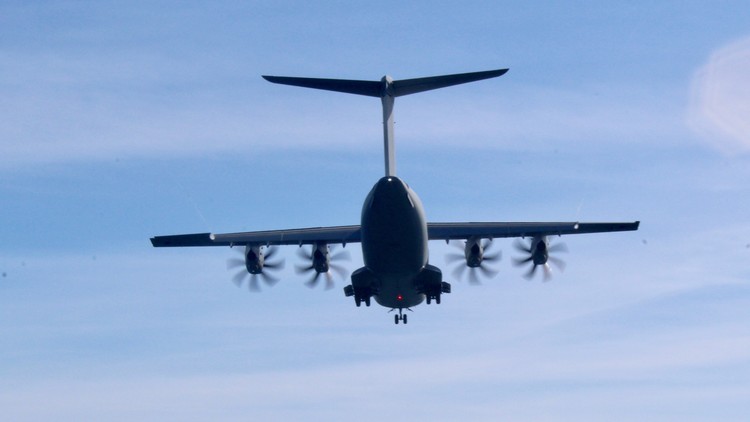
Most aircraft have a VHF radio and a pilot needs to know how to use it.
What you will learn
Learn how to use the Airband Radio
Description
VHF radio is used by aircraft to communicate with ground controllers, ask advice on other aircraft in the area at similar altitudes and declare various types of emergencies. It is necessary to pass an exam on using the radio and be able to use the radio correctly. The phonetic alphabet is essential to learn as it is used all the time on VHF air-band frequencies.
Airband or aircraft band is the name for a group of frequencies in the VHF radio spectrum allocated to radio communication in civil aviation, sometimes also referred to as VHF, or phonetically as “Victor”. Different sections of the band are used for radio navigational aids and air traffic control.
In most countries a license to operate airband equipment is required and the operator is tested on competency in procedures, language and the use of the phonetic alphabet.
The VHF airband uses the frequencies between 108 and 137 MHz. The lowest 10 MHz of the band, from 108–117.95 MHz, is split into 200 narrow-band channels of 50 kHz. These are reserved for navigational aids such as VOR beacons, and precision approach systems such as ILS localizers.[2][3]
As of 2012, most countries divide the upper 19 MHz into 760 channels for amplitude modulation voice transmissions, on frequencies from 118–136.975 MHz, in steps of 25 kHz. In Europe, it is becoming common to further divide those channels into three (8.33 kHz channel spacing), potentially permitting 2,280 channels. Some channels between 123.100 and 135.950 are available in the US to other users such as government agencies, commercial company advisory, search and rescue, military aircraft, glider and ballooning air-to-ground, flight test and national aviation authority use. A typical transmission range of an aircraft flying at cruise altitude (35,000 ft (10,668 m)), is about 200 mi (322 km) in good weather conditions.
It is illegal in most countries to transmit on the Airband frequencies without a suitable license, although an individual license may not be required, for instance in the US where aircraft stations are “licensed by rule”. Many countries’ regulations also restrict communications in the airband. For instance, in Canada, airband communications are limited to those required for “the safety and navigation of an aircraft; the general operation of the aircraft; and the exchange of messages on behalf of the public. In addition, a person may operate radio apparatus only to transmit a non-superfluous signal or a signal containing non-profane or non-obscene radiocommunications.”
Listening to airband frequencies without a license is also an offense in some countries. However, in certain countries, such as the UK, it is permissible to listen to as it is covered under navigational and weather related transmissions. Such activity has been the subject of international situations between governments when tourists bring airband equipment into countries which ban the possession and use of such equipment.
Content
Introduction